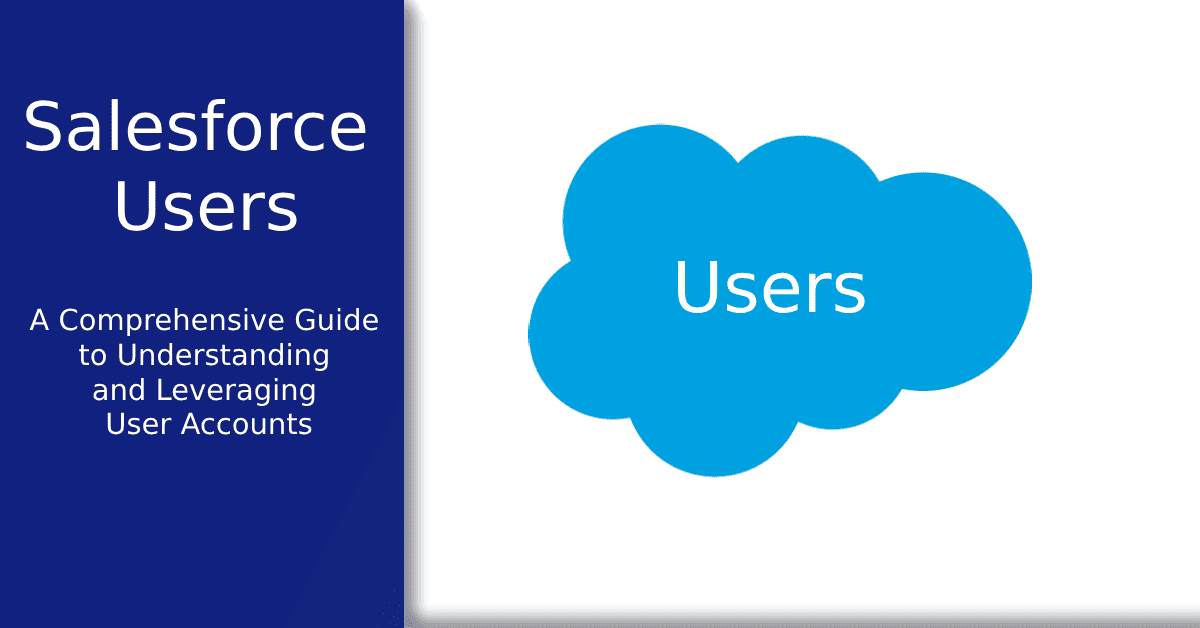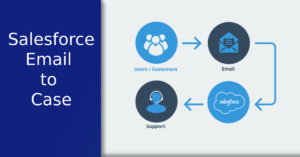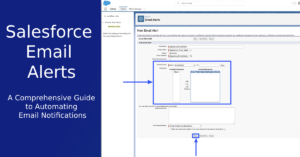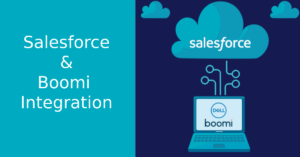
Welcome to our comprehensive guide on Salesforce users and how they play a crucial role in maximizing the potential of the Salesforce platform. In this article, we will explore the significance of Salesforce users in driving successful sales, marketing, and customer relationship management strategies. By understanding the fundamentals of Salesforce users and implementing effective user management practices, businesses can optimize their Salesforce experience and achieve greater productivity and growth.
Skip around if you want.
What Are Salesforce Users and Why Are They Important?
Salesforce users play a crucial role in maximizing the potential of the Salesforce platform. But who are these users, and why are they important? Salesforce users encompass individuals or teams within an organization who actively engage with the platform to streamline their business processes, manage customer relationships, and drive revenue growth. These users can include sales representatives, customer service agents, marketing professionals, managers, and executives.
The importance of Salesforce users lies in their ability to leverage the platform’s robust features and functionalities to achieve business objectives. By effectively utilizing Salesforce, users can enhance collaboration, improve data management, drive customer engagement, and make data-driven decisions. Salesforce users are at the forefront of utilizing the platform’s capabilities to optimize their workflows, increase productivity, and deliver exceptional customer experiences.
What Are the Key Elements of Salesforce User Accounts?
To understand Salesforce users comprehensively, it’s essential to explore the key elements of Salesforce user accounts. These elements play a significant role in enabling collaboration, ensuring data accuracy, and maintaining security within the platform. Let’s delve into the primary components of Salesforce user accounts:
- User Profiles: User profiles define the level of access and permissions granted to users within Salesforce. These profiles determine what data and features users can view, edit, and interact with, ensuring data security and privacy.
- Roles and Hierarchy: Roles and hierarchy establish a structured framework within Salesforce. They determine the visibility and access levels across different user groups, enabling effective team collaboration and data sharing.
- Permissions and Sharing Settings: Permissions and sharing settings provide fine-grained control over data access and sharing within Salesforce. They allow administrators to define who can view, edit, and share specific records and data, maintaining data integrity and security.
- Customization and Personalization: Salesforce offers extensive customization options, allowing users to tailor their workspace to their specific needs. Users can personalize layouts, create custom fields, and configure dashboards and reports to maximize their efficiency and productivity.
How Can Salesforce User Management Tools Be Leveraged?
Salesforce provides a range of user management tools that empower businesses to streamline user administration, enhance user experience, and optimize overall platform utilization. These tools can significantly impact the effectiveness and efficiency of Salesforce users. Let’s explore some key Salesforce user management tools and how they can be leveraged:
- User Provisioning: Salesforce’s user provisioning tools enable administrators to create, manage, and deactivate user accounts efficiently. By automating user onboarding and offboarding processes, businesses can save time, reduce administrative overhead, and ensure a seamless user experience.
- Single Sign-On (SSO): SSO integration allows users to access multiple systems and applications, including Salesforce, using a single set of login credentials. This enhances user convenience, improves security, and simplifies access management for administrators.
- User Adoption and Training: Salesforce offers user adoption and training resources to help businesses maximize the platform’s potential. These resources include online training modules, Trailhead learning paths, and user adoption best practices. By leveraging these tools, organizations can empower users with the knowledge and skills needed to utilize Salesforce effectively.
- Data Visibility and Sharing Controls: Salesforce provides robust data visibility and sharing controls that enable administrators to define access levels and sharing rules. By implementing these controls strategically, businesses can ensure that users have access to the right data at the right time, promoting collaboration while maintaining data security and compliance.
How Can User Collaboration and Productivity be Optimized in Salesforce?
Effective collaboration and productivity among Salesforce users are key drivers of success for any organization. Salesforce offers various features and functionalities to optimize user collaboration and enhance productivity. Here are some strategies to consider:
- Chatter: Salesforce Chatter is a collaboration tool that facilitates real-time communication and collaboration among users. Users can share information, discuss ideas, collaborate on documents, and stay updated on important activities within the platform. Leveraging Chatter fosters a culture of collaboration, boosts teamwork, and accelerates decision-making processes.
- Task Management: Salesforce’s task management capabilities enable users to create, assign, and track tasks within the platform. By leveraging task management features, users can effectively prioritize their activities, stay organized, and ensure timely completion of tasks, leading to increased productivity.
- Mobile Accessibility: Salesforce’s mobile app allows users to access the platform from anywhere, anytime. By providing mobile accessibility, businesses enable users to stay connected, manage their tasks, and collaborate on the go. This flexibility enhances productivity and responsiveness, particularly for users who frequently work remotely or are frequently on the move.
- Automation and Workflow: Salesforce’s automation and workflow capabilities enable users to automate repetitive tasks, streamline processes, and ensure consistency in their workflows. By leveraging automation, users can focus on high-value activities, reduce manual effort, and increase overall productivity.
What Common Challenges Exist in Salesforce User Management?
While Salesforce provides robust user management tools, businesses may encounter common challenges in effectively managing Salesforce users. Here are some challenges and strategies to overcome them:
- User Adoption: Ensuring widespread user adoption can be a challenge when introducing Salesforce. To overcome this, organizations should invest in comprehensive user training, provide ongoing support, and communicate the benefits and value of using Salesforce effectively.
- Data Security and Compliance: Maintaining data security and compliance within Salesforce is critical. Organizations should establish clear data access and sharing policies, implement robust security controls, and regularly educate users on data privacy best practices to mitigate risks.
- User Roles and Permissions Complexity: Managing complex user roles and permissions can become challenging as organizations grow. It is essential to regularly review and streamline user roles, align them with business processes, and ensure that permissions are assigned appropriately to maintain a well-structured and secure Salesforce environment.
- User Experience Optimization: Optimizing the user experience is crucial for driving user engagement and productivity. Businesses should gather user feedback, implement user-friendly configurations, and regularly update and enhance Salesforce to meet evolving user needs.
Conclusion
In conclusion, Salesforce users play a vital role in maximizing the potential of the Salesforce platform. By understanding the key elements of Salesforce user accounts, leveraging user management tools, promoting user collaboration, and addressing common challenges, businesses can enhance user productivity, drive successful Salesforce adoption, and achieve their business objectives.
Continue Learning
Embrace the journey of continuous learning and open the doors to endless growth, new opportunities, and the realization of your full potential. Start today and keep expanding your knowledge to pave the way for a brighter future.
Learn with Justin Pena the Salesforce Consultant
Don’t stop learning about Salesforce, checkout my other 2023 Salesforce Comprehensive Guides on various topics.
Learn from Trailhead Resources
If you are interested in getting hands-on experience, I recommend checking out the Trailhead module on Users. It provides interactive tutorials and exercises to help you further enhance your understanding and skills in managing Salesforce Users.
Salesforce User FAQs
What are users and roles in Salesforce?
Users in Salesforce are individuals with login credentials who access and interact with the platform. Roles define the hierarchical structure and access levels for users, ensuring proper data visibility and security.
How many types of users are there in Salesforce?
There are four types of users in Salesforce: Standard, System Administrator, Read-only, and Chatter Free.
How do I identify users in Salesforce?
Users in Salesforce can be identified by their unique username, which is associated with their Salesforce login credentials. Additionally, users may have profile pictures and designated roles within the organization for further identification.
What is users vs contacts in Salesforce?
In Salesforce, users are individuals who have access to the Salesforce system and can perform various actions, such as creating and managing records. Contacts, on the other hand, represent individuals or business entities with whom the organization has a relationship or interacts. Users are typically internal members of the organization, while contacts can be external individuals or organizations.




